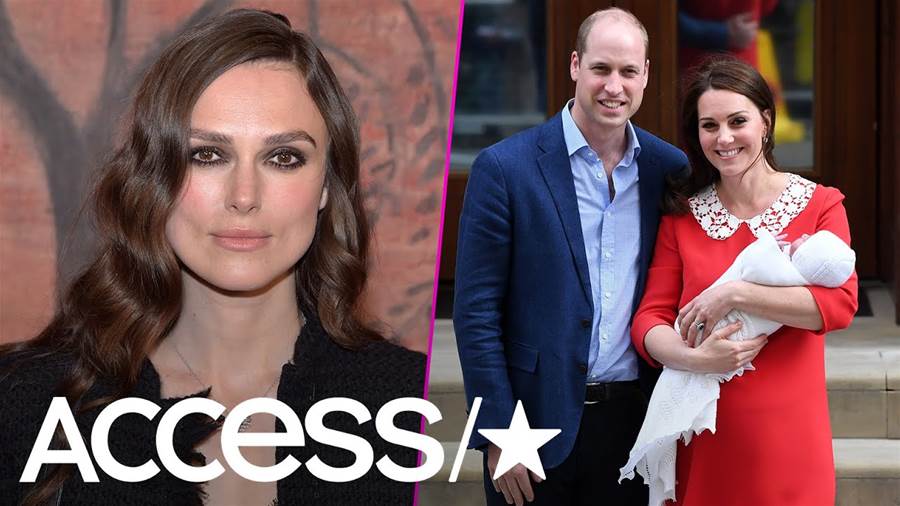
Game of Thrones, over the span of eight seasons, focused on only a few regions of Westeros, raising questions about the Seven Kingdoms and why they are called that when there are actually nine of them. Despite the show and its spinoff series House of the Dragon primarily exploring the Seven Kingdoms and regions of Essos, the origin of this nomenclature is never explained.
To understand the genesis of the Seven Kingdoms, one must go back to the time of Aegon's Conquest, which occurred around 300 years before the events of Game of Thrones and House of the Dragon.
In Game of Thrones, viewers were introduced to some of these kingdoms, such as the North led by House Stark and King's Landing, while others like Highgarden, home of House Tyrell, were mentioned but not shown.
The article is not finished. Click on the next page to continue.








